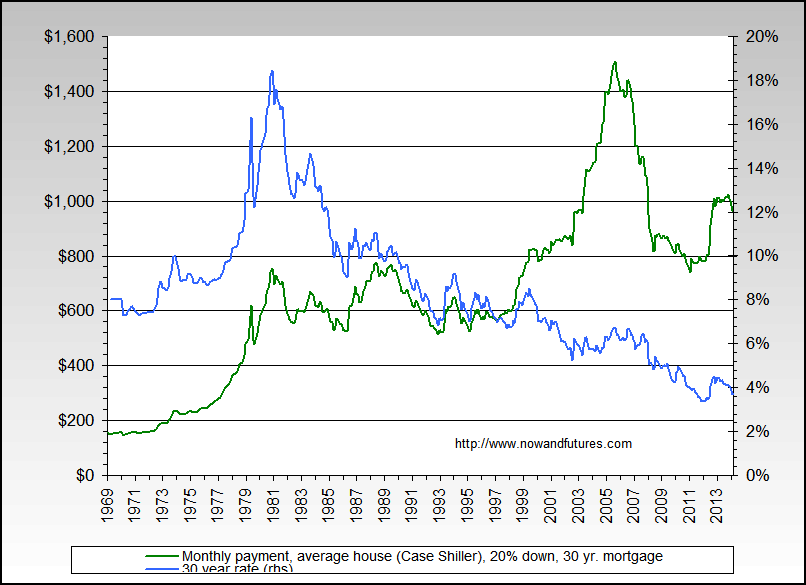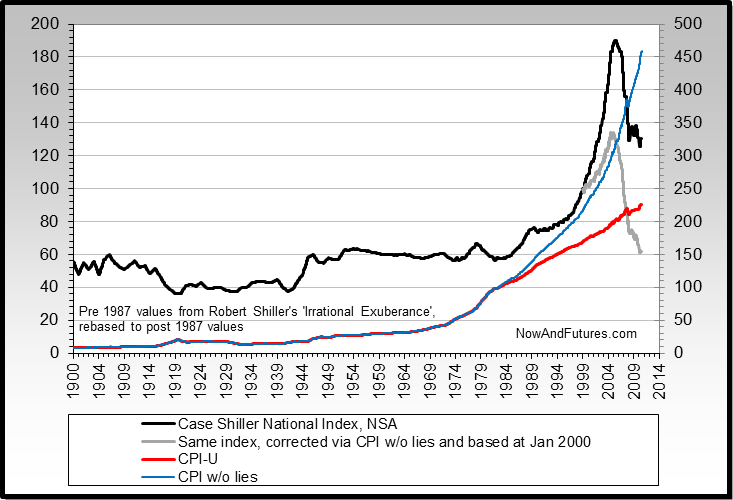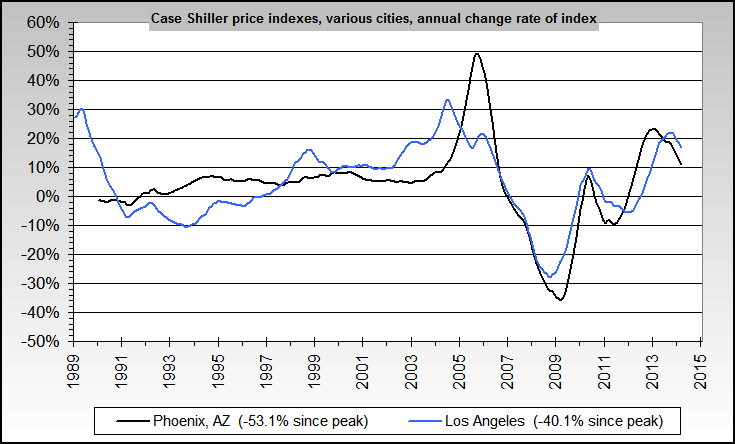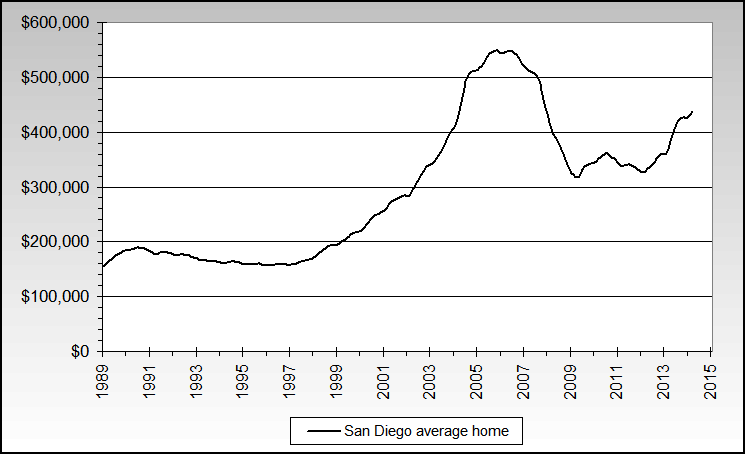For a concise, readable summary of iTulip concepts developed over the past 16 years and a vision of a challenging next decade and how to navigate it, read Eric Janszen's book "Post Catastrophe Economy".
Join the discussion of today's events with a wide range of professionals with an interest in economics and finance.
Register to join our 50,000 plus member registered community from 78 countries today.
Subscribe to iTulip Select for access to the longest running, deep, accurate, and unvarnished macro economic trends analysis and forecasting available, since 1998.
If this is your first visit, be sure to
check out the FAQ by clicking the
link above. You may have to register
before you can post: click the register link above to proceed. To start viewing messages,
select the forum that you want to visit from the selection below.
Working...
| 































 ). I reconfigured the housing index to start at 10 in 1900 so that it more closely aligned with the CPI-U series, to illustrate Shiller's conclusion that over the long term, housing prices roughly track inflation, and should eventually return to the inflation line. (Of course you and I both believe the CPI understates inflation, but that's another can of worms.) The adjustments also caused the series to go from nearly the bottom of the chart to the top. So it was also an aesthetic choice. What's the saying, "numbers don't lie, but charts can". Any graphic representation is going to be subjective.
). I reconfigured the housing index to start at 10 in 1900 so that it more closely aligned with the CPI-U series, to illustrate Shiller's conclusion that over the long term, housing prices roughly track inflation, and should eventually return to the inflation line. (Of course you and I both believe the CPI understates inflation, but that's another can of worms.) The adjustments also caused the series to go from nearly the bottom of the chart to the top. So it was also an aesthetic choice. What's the saying, "numbers don't lie, but charts can". Any graphic representation is going to be subjective.


Comment